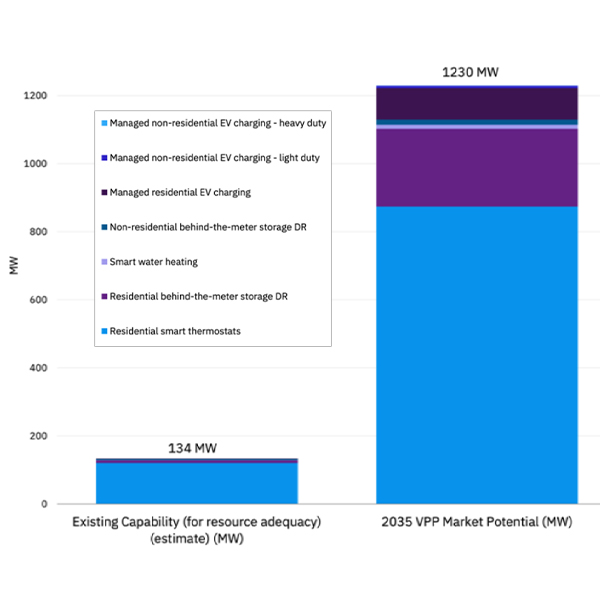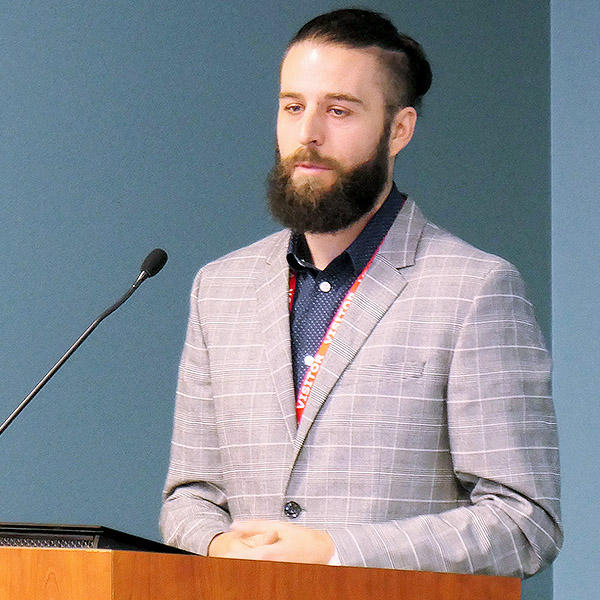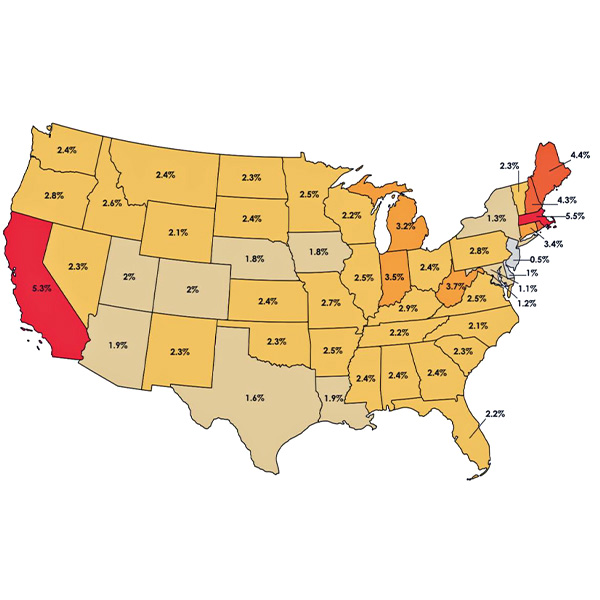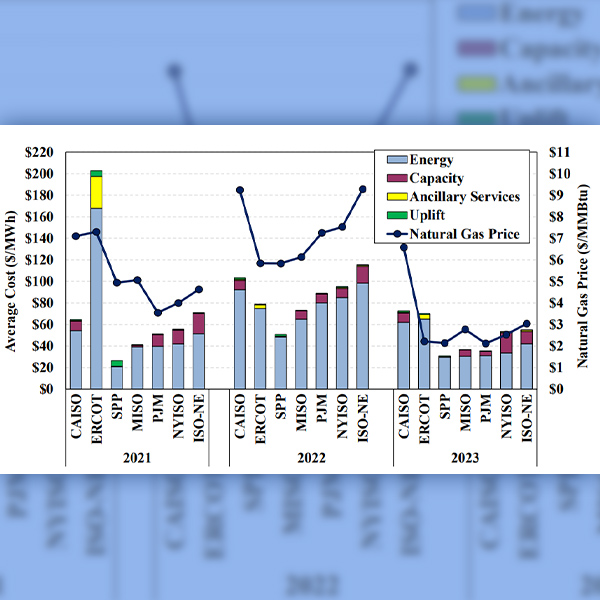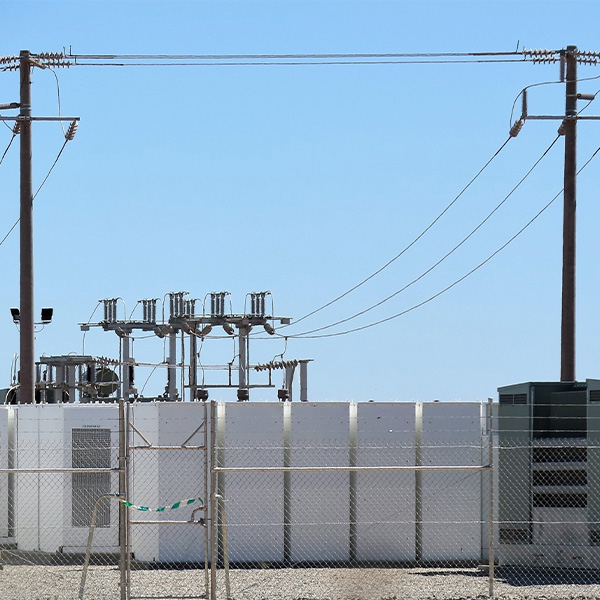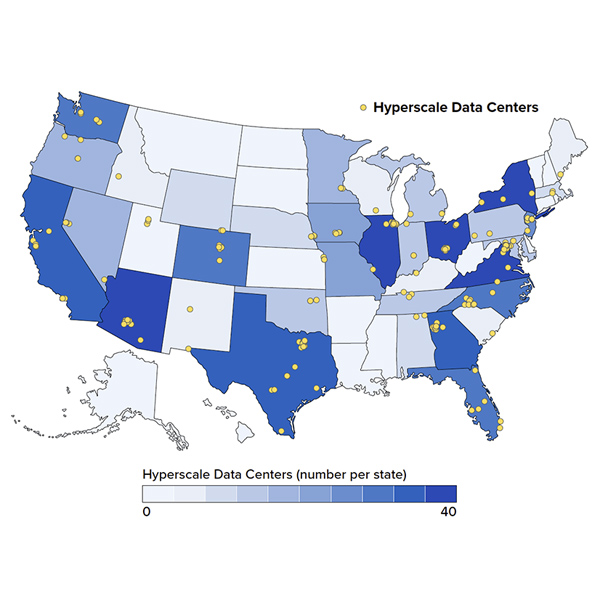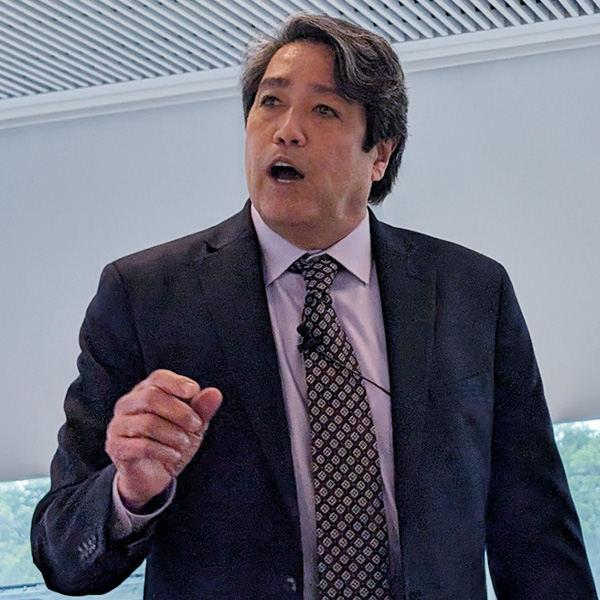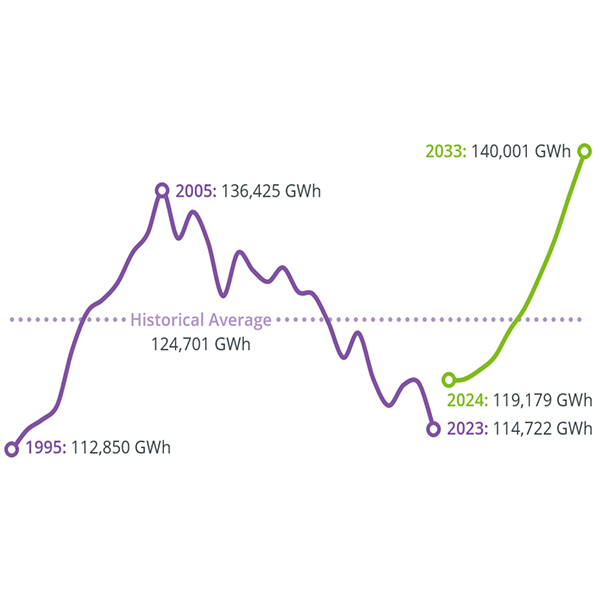Distributed Energy Resources (DER)
NV Energy's virtual power plant market potential could grow from an estimated 134 MW this year to 1,230 MW in 2035, according to a new analysis.
A band of Michigan utilities wants the option to decline MISO’s affected system-style studies on distributed energy resources.
NYISO is proposing to increase the required duration of special-case resources' load curtailment from four hours to six following a survey showing stakeholder support as part of the ISO’s Engaging the Demand Side initiative.
A new report says residential electric rates have been rising at a pace less than inflation in most states since 2010 and the clean energy transition is not driving the increase.
FERC is getting an early taste of life without Chevron deference after the Supreme Court remanded a case involving the Public Utility Regulatory Policies Act back to an appeals court.
NEPOOL held its annual summer Participants Committee meeting in New Hampshire during a multiday stretch of extreme heat and high demand on the New England grid.
The use of distributed energy resources can reduce grid costs, delay system upgrades, authors contend.
The burgeoning power demand from data centers and artificial intelligence can be met by other means than new natural gas-fired power plants, according to a new report from the Electric Power Research Institute.
A new Berkeley Lab report finds that a combination of aggressive demand and supply side measures could slash greenhouse gas emissions in the building sector 91% below 2005 levels by 2050.
ISO-NE is predicting that New England’s peak load will increase by about 10%, and electricity consumption by 17%, by 2033, according to its 2024 Capacity, Energy, Loads and Transmission report.
Want more? Advanced Search
